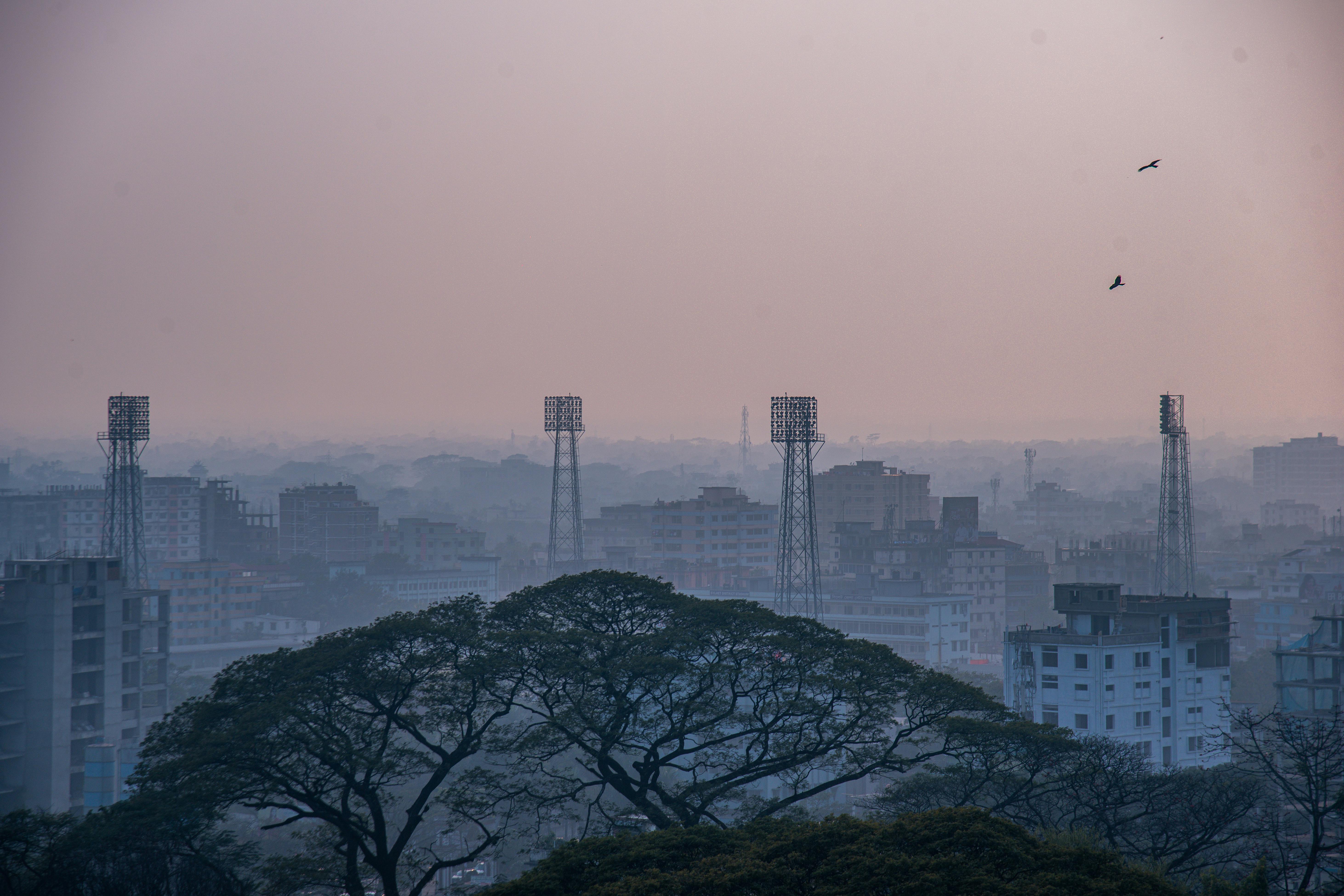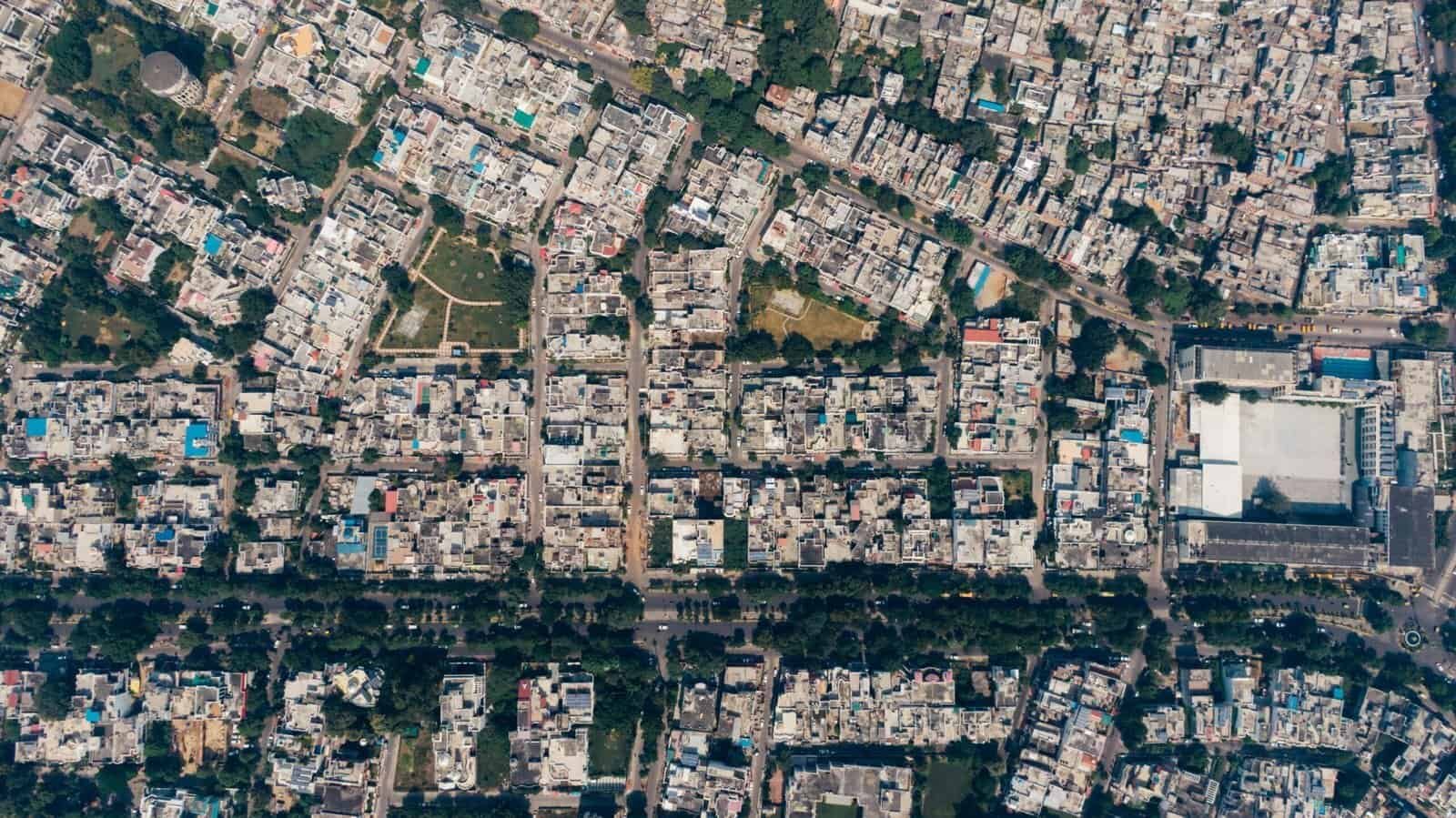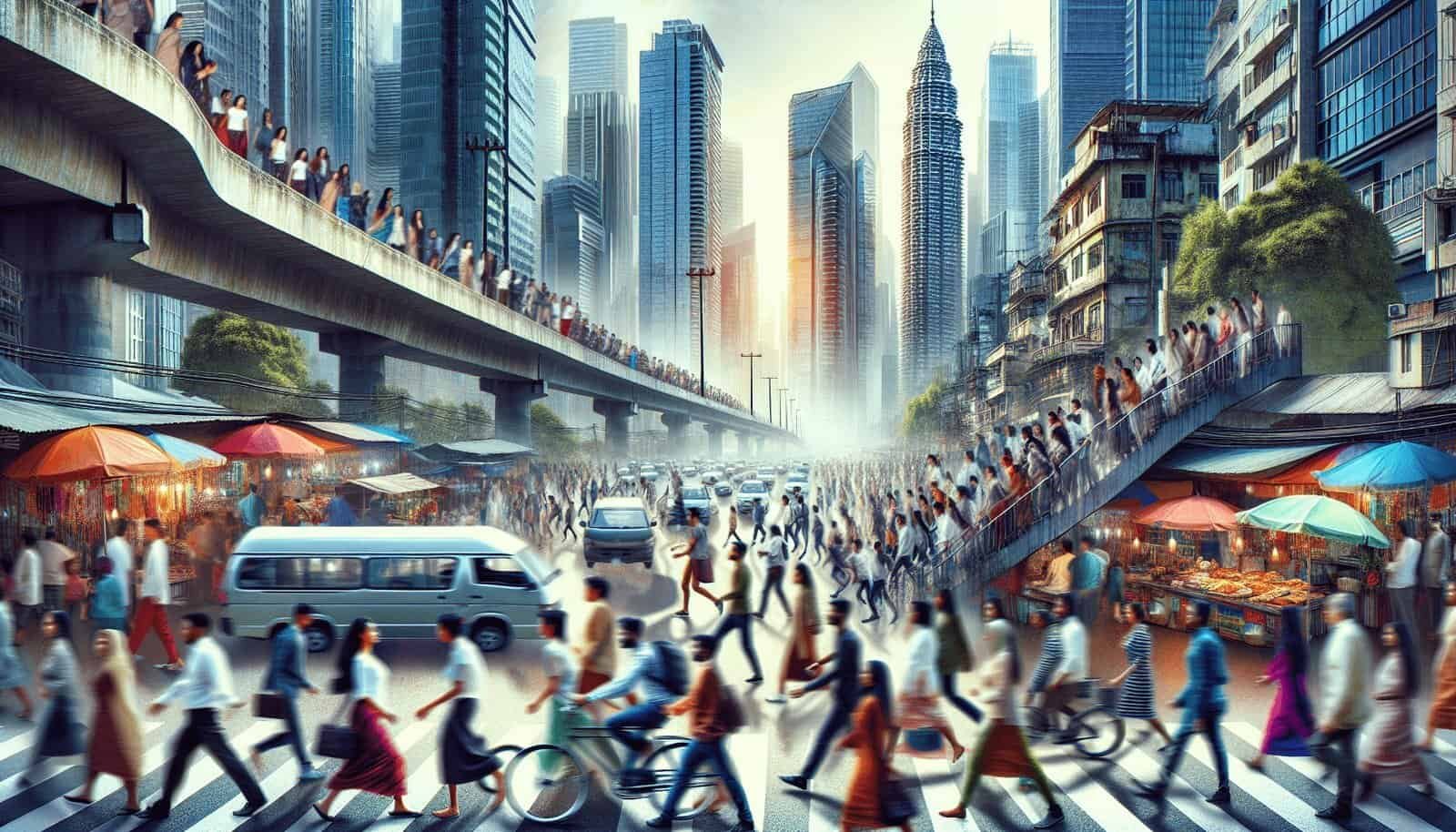Have you ever felt overwhelmed by the hustle and bustle of everyday life? In today’s fast-paced world, it’s not uncommon to feel like your schedule is bursting at the seams, with countless tasks demanding your attention all at once. The sensation of being crowded, especially in a work environment, can be both physically and mentally draining. But what exactly makes us feel so crowded, and how can we navigate through the chaos to find a sense of calm and productivity?
Understanding the Sense of Being Crowded
Crowdedness isn’t just about physical space. It encompasses a variety of factors—mental, emotional, and situational—that contribute to the feeling that there is simply too much going on. Recognizing these elements is the first step in finding ways to manage them effectively.
The Psychology Behind Feeling Crowded
The human brain has a certain capacity for processing information and handling stress. When that capacity is exceeded, you might feel like you’re being pushed beyond your limits. This sensation is not only uncomfortable but can also lead to decreased productivity and increased anxiety. Understanding the triggers and impacts of this feeling is crucial in combating it.
Physical Versus Mental Crowding
While being physically in a crowded space can certainly be stressful, mental crowding has its own unique challenges. The mind, unlike physical space, doesn’t have visible boundaries. Yet, the perception of ‘too much’—whether it be information overload, emotional strain, or demands on time—can create a similar sensation of restriction and suffocation.

Worksome: The Mecca of Modern-Day Crowding
The workplace is one of the most common environments where individuals experience the pressures of crowdedness. From tight deadlines to endless meetings, the demands are limitless. However, understanding the sources of this crowding can make a significant difference in how you tackle it.
Information Overload at Work
In an age where information is at your fingertips, it’s ironic how this can lead to inefficiency and overwhelm. The constant influx of emails, messages, and data can be both a blessing and a curse. Learning to streamline and prioritize information is key to mitigating this kind of overload.
Time Management and Multitasking
Often, the pressure to multitask and manage time efficiently can lead to more crowding than clarity. While multitasking is often hailed as a virtue, it can dilute focus and increase the stress of feeling crowded. By embracing practical time management strategies and learning to focus on single tasks, you can alleviate some of this pressure.
The Impact of Workplace Design
The physical setup of your workplace can play a crucial role in how crowded you feel. Open-plan offices, while great for collaboration, can also lead to distractions and a lack of personal space. Understanding how your physical environment affects your mental state can help in creating more productive work habits.

Strategies to Alleviate Crowdedness
Navigating the bustle of modern life, especially within the workplace, requires conscious effort and strategy. Luckily, there are several proactive steps you can take to reduce that sense of being crowded.
Prioritization Techniques
Learning to prioritize effectively can be a game-changer. By distinguishing between urgent and important tasks, you can allocate your resources more efficiently. The Eisenhower Box, for example, is a useful tool for categorizing tasks based on their urgency and importance, helping you decide where to focus your attention.
Establishing Boundaries
Setting clear boundaries, both with yourself and others, can help mitigate the sense of being overwhelmed. This might mean learning to say no to additional commitments or setting specific times during the day when you disconnect from digital devices.
Mindfulness and Stress-Reduction
Incorporating mindfulness practices into your daily routine can help you remain centered and calm, even in the most hectic environments. Regular mindfulness exercises, such as meditation or deep-breathing techniques, can have lasting benefits for your mental clarity and emotional resilience.
Mindfulness Exercise: The 4-7-8 Breathing Technique
One simple yet effective mindfulness exercise is the 4-7-8 breathing technique, which involves inhaling for four seconds, holding your breath for seven seconds, and exhaling for eight seconds. This exercise can help reset your nervous system and bring a sense of calm in moments of stress.
Creating a Productive Environment
Tailoring your workspace to suit your needs can greatly reduce the sensation of being crowded. Organizational tools, like decluttering your desk or using noise-canceling headphones, can enhance focus and productivity.

The Future of Crowdedness in the Workplace
As workplaces continue to evolve with technological advancements and changing social norms, the concept of crowdedness will also transform. Understanding and adapting to these changes will be essential for maintaining wellbeing and productivity.
The Rise of Remote Work
The shift toward remote work has introduced new dynamics in how crowdedness is experienced. While remote work can offer more flexibility and reduce physical crowding, it can also blur the lines between work and personal time, creating a new form of mental crowdedness. Managing these boundaries will be crucial as remote work continues to grow in popularity.
Technological Innovations
Technology is both a contributor to and a solution for feeling crowded. The development of AI-driven organizational tools and project management software can help automate tasks and streamline workflows, reducing the feeling of information overload.
Sustainable Workplace Practices
As priorities shift towards sustainability, workplaces are considering not just environmental impacts but also human sustainability. This means recognizing the importance of mental health and creating spaces that support it. Designing workplaces that facilitate rather than hinder wellbeing will be a crucial part of future workplace strategies.

Conclusion: Embracing Balance in a Crowded World
Navigating through a crowded world requires a balance of strategic planning and the cultivation of mindfulness. While the demands of modern-day work seem relentless, recognizing the sources of crowdedness and applying thoughtful strategies can create a more serene and productive environment. By prioritizing and implementing these practices, you can transform the sensation of being crowded into an opportunity for personal growth and professional success.
This journey toward less crowding within your life and work doesn’t happen overnight. It involves ongoing assessment and adjustment of your strategies and habits. Remember, the goal is not to eliminate all forms of stress or busy-ness but to manage them effectively so that you can thrive rather than just survive in your daily life.

